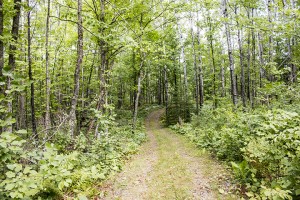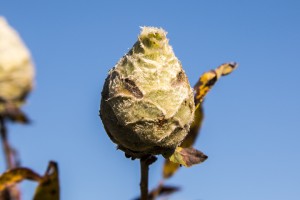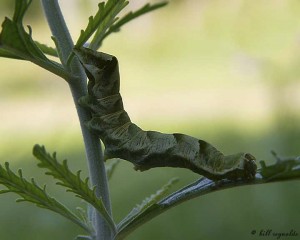In 1921, in an effort to preserve the birch and pines around Coon and Sandwick Lakes from logging, 2,121 acres in Itasca County were acquired and Scenic State Park was created. Subsequent land acquisitions have almost doubled the size of this park.
Two areas of the park are included separately on the National Register of Historic Places (NRHP), the service yard and the CCC Rustic Style Historic District. The service yard includes four buildings on the western shore of Sandwick Lake. The historic district is 16 acres on the south shore of Coon Lake that includes five buildings and a set of stone steps. The buildings in these areas were designed by the National Park Service and constructed by the Civilian Conservation Corps (CCC). They were designed in Rustic Style Architecture and built with a labor-intensive process. They are considered irreplaceable. The work was performed during the Great Depression between 1933 and 1935. On June 6, 1992, the service yard was placed in the NRHP. On June 8, 1992, the historic district was placed in the NRHP.
http://minnesotaseasons.com/Destinations/Scenic_State_Park.html



